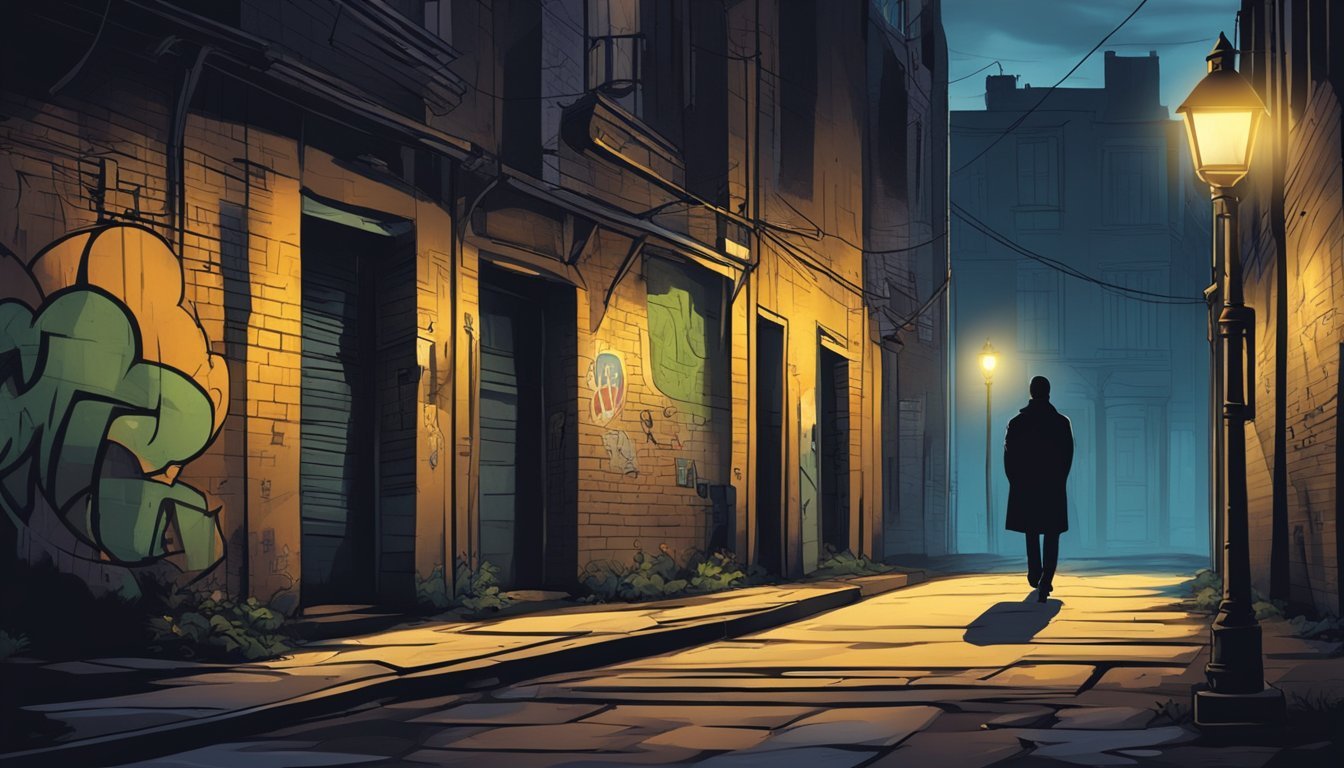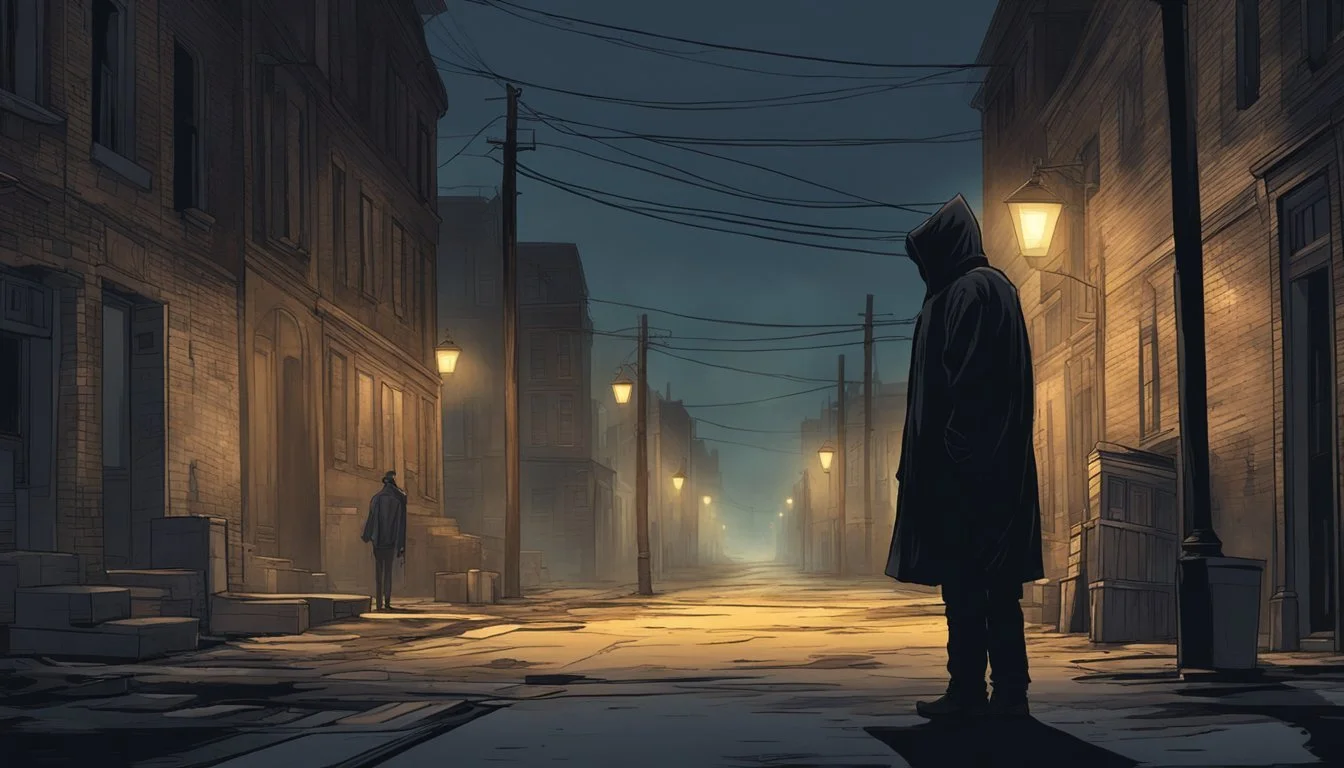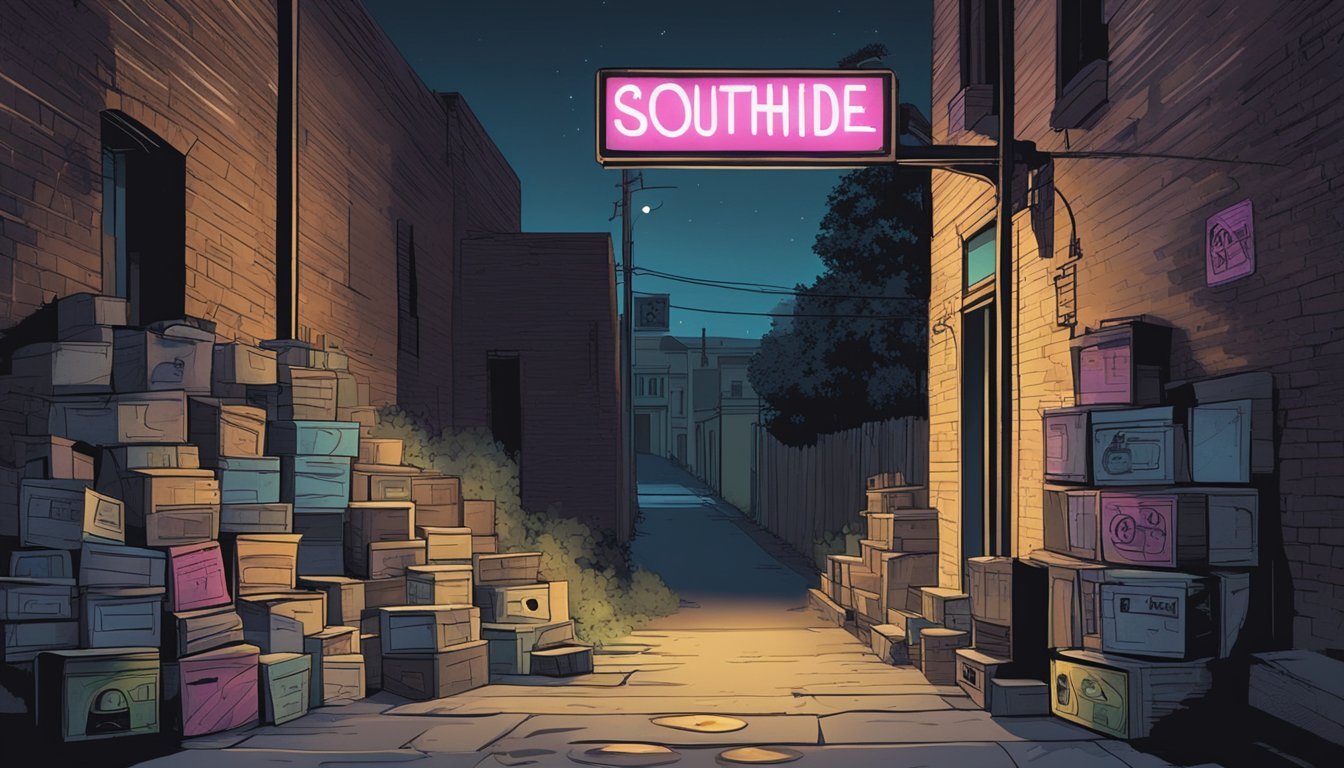Johnnie Crutchfield: 3 Eye-Opening Documentaries on the Southside Slayer
Unmasking a Serial Killer's Reign of Terror
Documentaries have the power to shed light on important stories and reveal hidden truths. In recent years, a series of eye-opening films have emerged focusing on the chilling case of Johnnie Crutchfield, known as the Southside Slayer. These documentaries explore the crimes, investigation, and aftermath surrounding this notorious serial killer who terrorized South Los Angeles in the 1980s and 1990s.
Three compelling documentaries delve into different aspects of the Crutchfield case, offering viewers a multi-faceted look at one of California's most prolific murderers. Through interviews, archival footage, and expert analysis, these films examine the social context that allowed Crutchfield to evade capture for so long, the investigative breakthroughs that led to his arrest, and the lasting impact on the victims' families and community. By presenting this dark chapter of history, the documentaries aim to educate audiences and prevent similar tragedies in the future.
1) The Grim Sleeper: Mind of a Monster
"The Grim Sleeper: Mind of a Monster" is a documentary that delves into one of Los Angeles' most notorious serial killers. The film focuses on the case of Lonnie David Franklin Jr., known as the Grim Sleeper.
The documentary explores how Franklin targeted women in South Central Los Angeles for decades. It details the LAPD's cold case unit reopening unsolved murders from the 1980s in 2001.
DNA evidence played a crucial role in the investigation. The film reveals how detectives were shocked to discover a new victim 14 years after the last known murder.
The Grim Sleeper's method of operation is examined. His victims were shot with a .25-caliber automatic, and their bodies were dumped in alleyways.
The documentary highlights the challenges faced by law enforcement in catching this elusive killer. It shows the race against time to apprehend Franklin before he could strike again.
"The Grim Sleeper: Mind of a Monster" offers viewers insight into one of the most ruthless serial killers in Los Angeles history. It presents a chilling account of his crimes and the efforts to bring him to justice.
https://www.imdb.com/title/tt14449110/
2) Southside Slayer: Anatomy of a Serial Killer
"Southside Slayer: Anatomy of a Serial Killer" examines the chilling case that gripped Los Angeles in the 1980s and 1990s. The documentary delves into the series of murders that claimed the lives of over 100 predominantly Black women in South Central Los Angeles.
Initially believed to be the work of a single perpetrator, the film reveals that multiple killers were responsible for these heinous crimes. It explores the challenges faced by law enforcement in connecting the dots between seemingly unrelated cases.
The documentary sheds light on the victims, many of whom were sex workers, and how their vulnerable status complicated the investigation. It also addresses the media's role in creating the "Southside Slayer" moniker and its impact on public perception.
Interviews with detectives, forensic experts, and families of the victims provide insight into the investigation's complexities. The film examines the eventual arrests and convictions of several perpetrators, including Michael Hughes and Louis Craine.
"Southside Slayer: Anatomy of a Serial Killer" offers a sobering look at a dark chapter in Los Angeles history, highlighting issues of race, class, and law enforcement practices that affected the case.
3) Unseen: Inside the Southside Slayer Case
"Unseen: Inside the Southside Slayer Case" offers viewers a gripping look at the investigation of the notorious serial killer who terrorized South-Central Los Angeles in the 1980s. The documentary delves into the challenges faced by law enforcement as they pursued the elusive murderer.
Through interviews with detectives, forensic experts, and survivors, the film paints a vivid picture of the fear that gripped the community during the killing spree. It explores how the victims, primarily prostitutes, were often overlooked by society and the media.
The documentary sheds light on the breakthrough that led to the arrest of Michael Hughes, who was eventually convicted of multiple murders. It examines the evidence that linked Hughes to the crimes and the trial that followed.
"Unseen" also addresses the broader societal issues that allowed the killer to operate undetected for so long. The film raises questions about racial and economic disparities in policing and media coverage of violent crimes.
By giving voice to the victims' families, the documentary ensures that those lost are not forgotten. It serves as a sobering reminder of the human cost of these heinous acts.
Historical Context of the Southside Slayer
The Southside Slayer case gripped Los Angeles from the 1980s to the 1990s, involving multiple perpetrators who targeted vulnerable women. This series of crimes exposed deep-rooted issues within the community and law enforcement response.
Background and Early Life
The term "Southside Slayer" emerged in the 1980s to describe what was initially believed to be a single serial killer operating in South-Central Los Angeles. The area faced significant challenges during this period, including widespread poverty and a crack cocaine epidemic.
These socioeconomic factors created an environment where vulnerable individuals, particularly sex workers, became easy targets for violent criminals.
The community's struggles with unemployment, substance abuse, and limited access to resources contributed to the circumstances that allowed these crimes to persist undetected for years.
Crime Spree Timeline
The Southside Slayer killings began in the fall of 1983 and continued until at least May 1987. During this period, at least 18 women lost their lives, with many of the victims being sex workers.
The crimes were characterized by sexual assault followed by murder. The perpetrators often targeted women in areas known for prostitution and drug use.
As investigations progressed, it became clear that multiple killers were responsible for these crimes, rather than a single individual. This realization complicated efforts to solve the cases and brought new challenges for law enforcement.
Impact on the Community
The Southside Slayer case had a profound effect on South-Central Los Angeles. Fear gripped the community, particularly among women working in high-risk professions.
The killings highlighted systemic issues in law enforcement's response to crimes against marginalized groups. Many residents felt that the police were not doing enough to protect them or solve the murders.
The case also brought attention to the broader social issues affecting the area, including poverty, drug addiction, and lack of economic opportunities. It sparked discussions about the need for better support systems and community resources to prevent such tragedies in the future.
The Role of Johnnie Crutchfield
Johnnie Crutchfield played a central part in the investigation and prosecution of the Southside Slayer case. His involvement shed light on crucial evidence and led to key revelations that shaped public understanding of the crimes.
Investigation and Evidence
Crutchfield, as lead detective, spearheaded the investigation into the Southside Slayer murders. He meticulously gathered physical evidence from crime scenes, including DNA samples and fingerprints. His team interviewed dozens of witnesses and potential suspects.
Crutchfield's breakthrough came when he linked seemingly unrelated cases through a pattern of similar modus operandi. He developed a comprehensive profile of the killer, which proved instrumental in narrowing down suspects.
His persistence led to the discovery of crucial DNA evidence that had been overlooked initially. This evidence ultimately became the cornerstone of the prosecution's case.
Key Revelations from Documentaries
Three documentaries highlighted Crutchfield's role in solving the case. They revealed his innovative use of early DNA technology, which was groundbreaking at the time.
The films showcased Crutchfield's interrogation techniques, demonstrating how he extracted vital information from reluctant witnesses. His ability to build trust with the victims' families was also emphasized.
One documentary exposed Crutchfield's struggle against departmental politics and limited resources. It showed how he advocated for additional funding and manpower to pursue leads.
The documentaries credited Crutchfield's unorthodox methods, such as consulting with criminal psychologists, as key factors in cracking the case.
Societal and Legal Implications
The Johnnie Crutchfield case exposed flaws in law enforcement procedures and deeply affected the South Los Angeles community. It highlighted racial tensions and sparked debates about police practices and community relations.
Law Enforcement Response
The LAPD faced criticism for their handling of the Southside Slayer investigation. Initially, the murders were not linked, leading to delays in identifying a serial killer. This oversight allowed Crutchfield to continue his crimes undetected for years.
The case prompted changes in how law enforcement agencies approach serial killings. Police departments improved their coordination and information sharing. New protocols were implemented for connecting similar crimes across jurisdictions.
The LAPD also revised their procedures for handling missing persons reports, especially those involving marginalized communities. This aimed to address concerns that reports from certain neighborhoods received less attention.
Community Reaction
South Los Angeles residents experienced fear and distrust during Crutchfield's killing spree. Many felt vulnerable and questioned the police's commitment to protecting their community.
Community meetings and neighborhood watch programs increased. Residents worked together to improve safety and support each other. Local organizations provided counseling and resources for families affected by the murders.
The case sparked discussions about systemic issues affecting the area. Community leaders called for increased investment in social services, education, and economic opportunities. They argued these factors contributed to the vulnerability of potential victims.
Media coverage of the killings raised awareness but also faced criticism. Some believed the reporting perpetuated negative stereotypes about the neighborhood. Others felt the victims' stories were not given enough attention until Crutchfield's arrest.





